Japan's Moss Village, Koke No Sato - A Green, Studio Ghibli-Like Wonderland

Koke no Sato is a hidden village in Ishikawa, where moss and people have coexisted for generations. The picturesque moss-filled scenery will make visitors feel like they're in a scene from "Princess Mononoke." Learn about the lush moss here and how locals are preserving this magical environment.
Koke no Sato - Take a Serene Stroll through a Moss Village
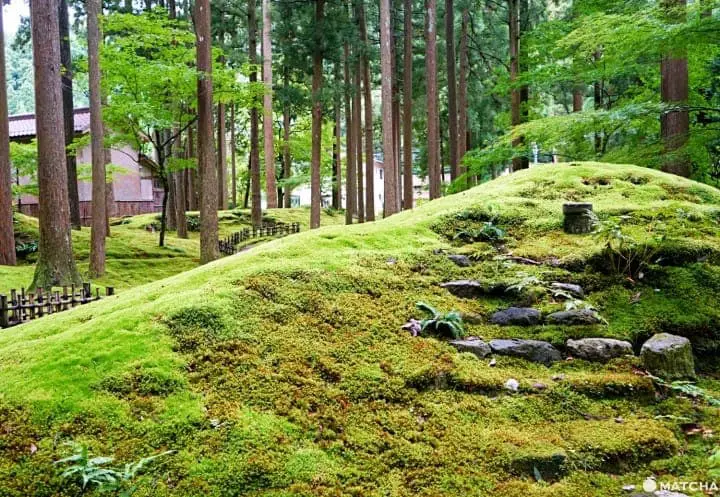
Koke no Sato (also referred to as Hiyo Moss Garden) is a stunning village of moss where nature and people coexist, nestled in the mountains in Ishikawa Prefecture. Upon first entering the premises, the vivid green grounds and tall cedars appear to be straight out a scene from Hayao Miyazaki's "Princess Mononoke."
This unique, incredibly tranquil spot blurs the lines between reality and fantasy. Any photos taken here will are share-worthy with friends and family. However, a visit to Koke no Sato is much more than a chance to take pictures that you can boast to your friends.
Continue to read to learn the history of Koke no Sato and its residents, and what makes this one-of-a-kind environment a place we can enjoy and learn from.
The Story of Koke no Sato - Coexisting with Nature
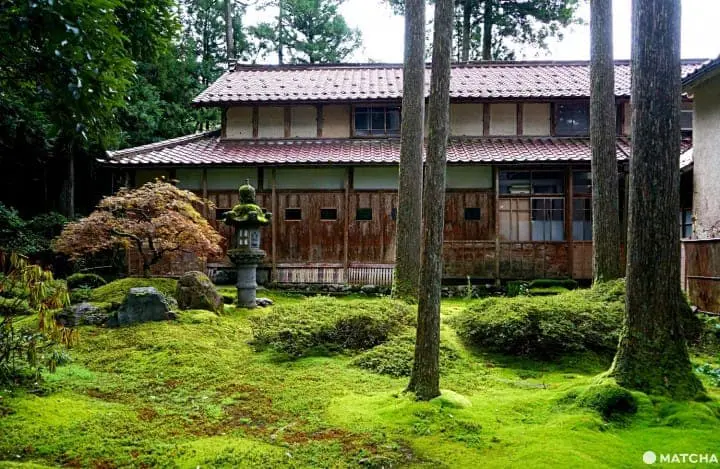
Koke no Sato is in Hiyomachi, Ishikawa Prefecture, a remote town with a population of fewer than 30 people. With little human interference, mountainous landscape, and high humidity, moss can thrive. As a result, it is easy to grow this charming plant in Hiyomachi.
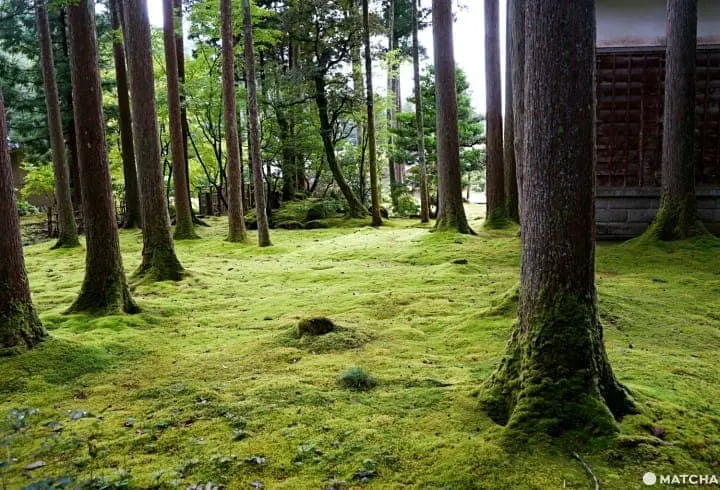
The remoteness of Hiyomachi also meant that in the past, fuel, kindling, and other readily-useable energy was needed. Villagers used fallen leaves and debris left on top of the moss. This allowed for the moss to grow uninhibited. Residents of Hiyomachi started growing moss gardens and moss lawns, helping cultivate the delicate green plant.
People still live in Hiyomachi and the location of Koke no Sato, but it is now open to the public for viewing. Regular maintenance is needed for moss to survive; the village opened to provide education and gather volunteers to help preserve the special environment here.
Moss-Covered Lawns, Hills, and Residences
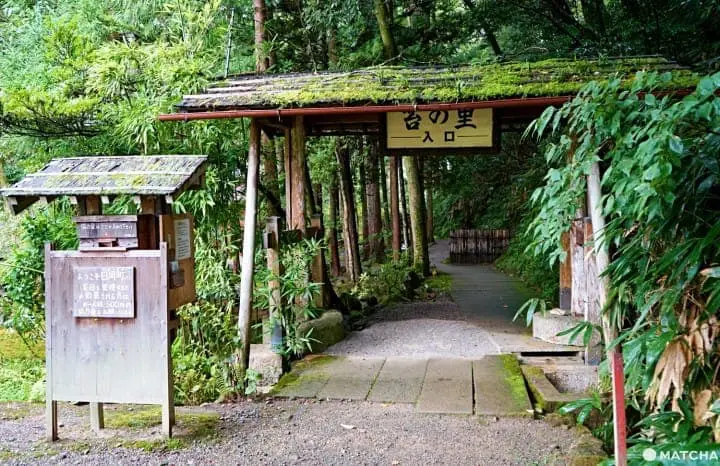
Koke no Sato is open every day from 9:00 to 16:00. You can visit as you please, but a recommended way to enjoy the moss is to take a guided tour. Tours are usually available on weekends and holidays at 10:00 and 13:45.* Please note these sessions are in Japanese, so bring a friend who can speak the language with you or an interpreter.
Admission to the area is 500 yen--put it in at the box at the front entrance of Koke no Sato (pictured above). The money goes towards preserving the pristine, charming moss.
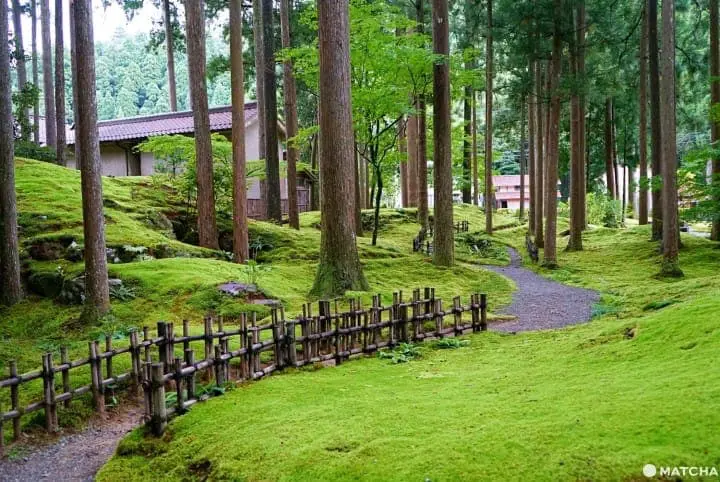
You will feel the magic of the moss the second you step through the front gate. The plant covers nearly every inch of the ground here, creating a lush, fluffy carpet of moss. If you are on the tour, the guide will tell you about the history of Koke no Sato and the residents and volunteers who maintain it.
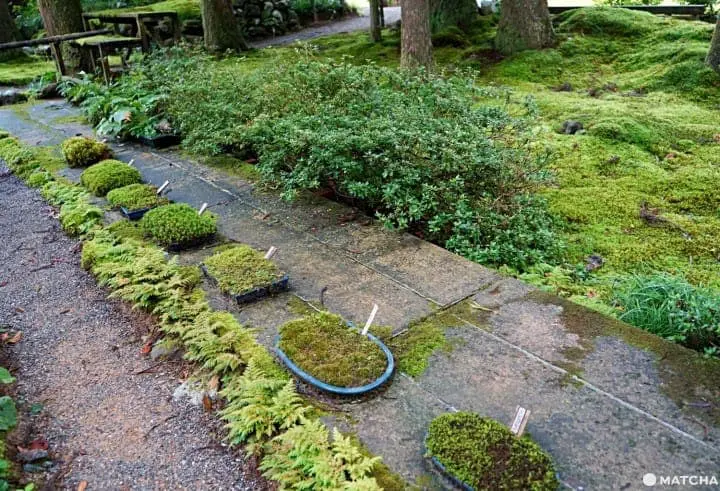
There are around 48 types of moss growing in Koke no Sato. Part of the tour includes an introduction to the most common varieties of moss at the village and their different characteristics. The tour guide will invite you to touch moss here in these small planters; textures range from soft and fluffy to hard.
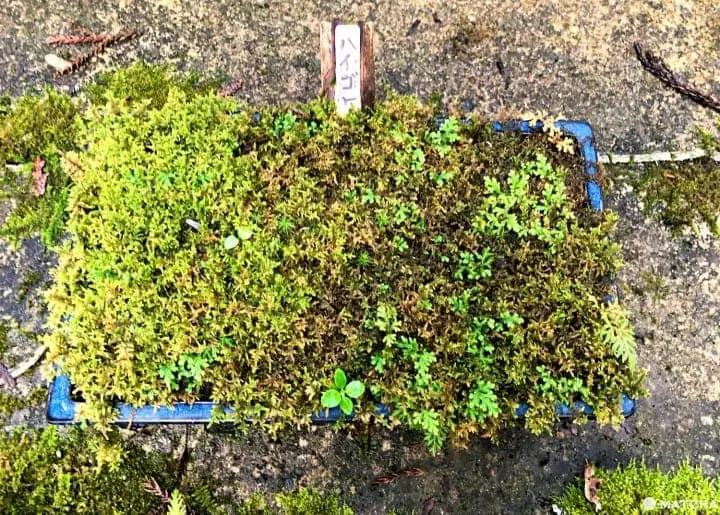
Pictured above is haigoke, a relatively easy-to-cultivate moss variety that is found in many places in the village.
After learning about the moss, try to distinguish between the different species after the short moss lesson.
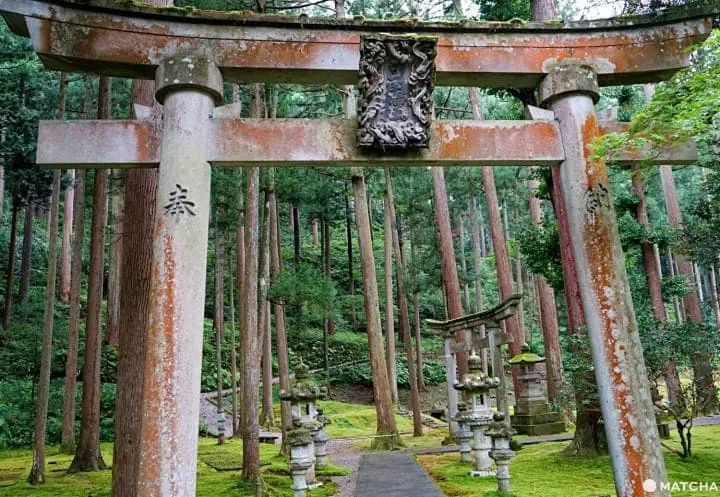
Across the street is Hiyo Shrine, a local Shinto shrine where a small festival and ceremonies are held. An ethereal-like atmosphere fills the quiet air here. The towering cedar trees surrounding the area shield it from outside noise. On a sunny day, the only thing you can hear is the chirping of birds.
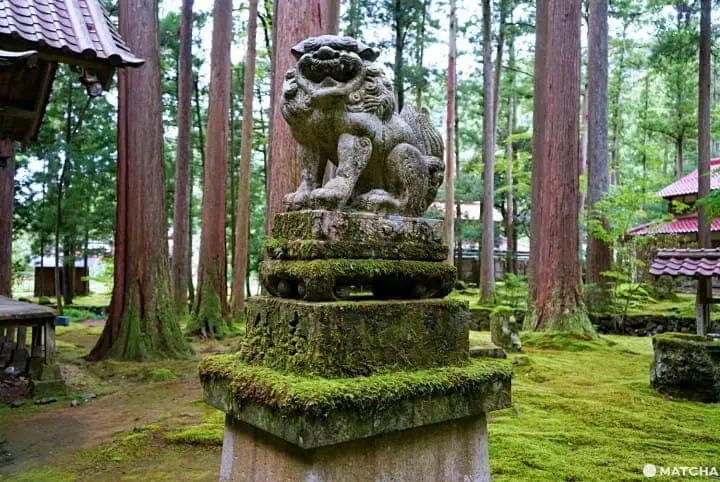
The moss covering the stone statues and structures here will take your breath away with their beauty.
*Guides can sometimes accommodate other times upon request. If you can't speak Japanese, it is advised to ask the Komatsu City Hall for assistance in making reservations. Dial 81-0761-24-8076 to reach an English-speaking city employee.
Tips and Manners When Visiting
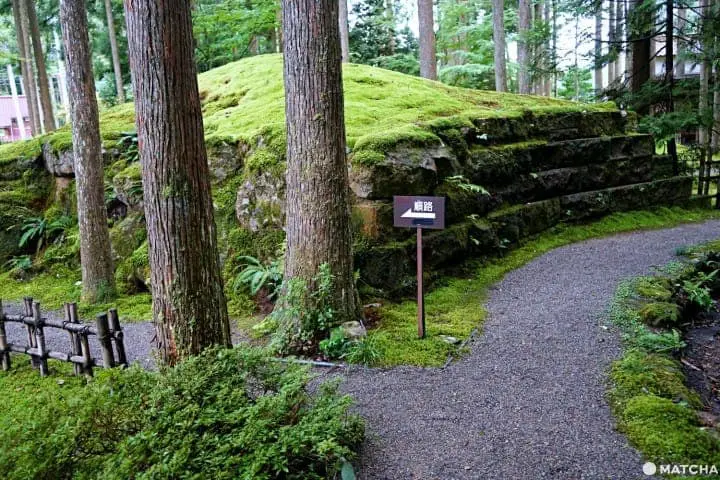
The fields and hills of moss will make you feel like you're in a forest dreamland. Be sure to keep in mind the following when visiting to make sure it can be enjoyed in the future.
- ・Koke no Sato is on privately-owned land, and people live in the houses.
- ・Visitors can enter between 9:00 - 16:00. Admission is 500 yen, which goes toward maintaining the moss.
- ・Photography and videos of the moss are allowed. However, leave tripods and camera stabilizers at home to not disturb the surfaces here.
- ・Walk on the designated paths and avoid disturbing the moss physically. Do not walk on or make physical contact with the moss.
- ・Be aware of the amount of noise you make as residents live in the buildings around the moss.
- ・Do not bring pets or food with you.
- ・Guides are conducted by residents. Come with someone who speaks Japanese if you visit for a tour.
- ・The moss is enjoyable even in the rain as it becomes more verdant.
How to Get to Koke no Sato
Koke no Sato is in a remote area of Komatsu City and requires a car to access. Plan to use a rental car or taxi. A parking lot is right next to the entrance.
There are many nearby spots to see. Awazu Onsen, a local hot springs town, Yunokuni no Mori, an arts and local craft workshop facility, and Natadera Temple, which boasts gorgeous fall foliage. It is recommended to rent a car for a day to explore the area more easily.
Take in the One-of-a-Kind Nature of Koke no Sato

Moss is everywhere in Japan, like in the garden at Gioji Temple in Kyoto and in the forests of Yakushima. However, Koke no Sato is one of the few places where humans carry out their daily lives coexisting peacefully with nature. Here, moss is appreciated not only for its appearance but also for its role in the natural ecosystem and human existence.
All who visit can experience nature's beauty and learn from the environmental respect practiced by the locals and volunteers who maintain it. Make a trip to Koke no Sato to take in the outdoors in a way you've never experienced before.
In cooperation with Koke no Sato
An awkward Southern California native living in Osaka. Originally came to Japan on the JET Program in Hyogo Prefecture (Kansai) after studying economics in college, and decided to try to stay.
IUC 10-month program graduate. Vegan and interested in all things Japan-related. Left-handed. Very fond of Kansai.







































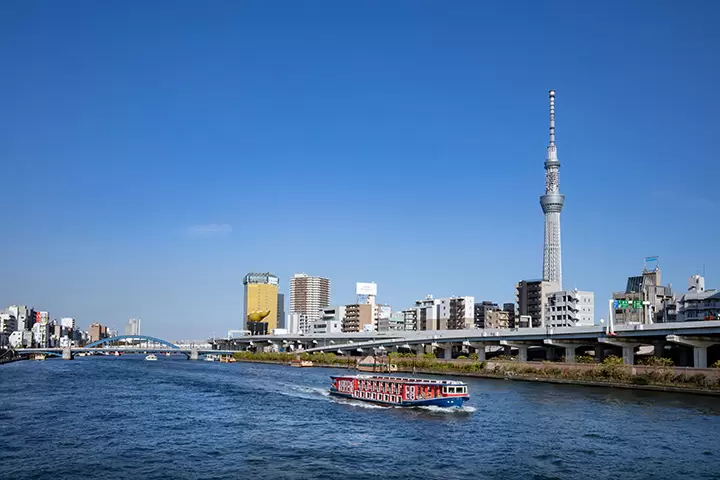


![[Just a short distance from Nagoya] Popular Taiwanese YouTuber Alan tours Aichi, Tokoname!](https://resources.matcha-jp.com/resize/720x2000/2026/01/08-255181.webp)